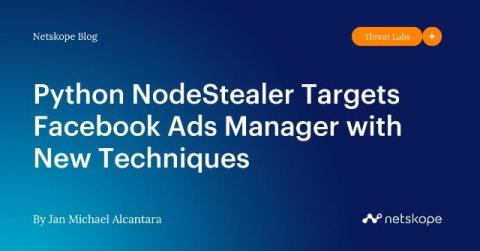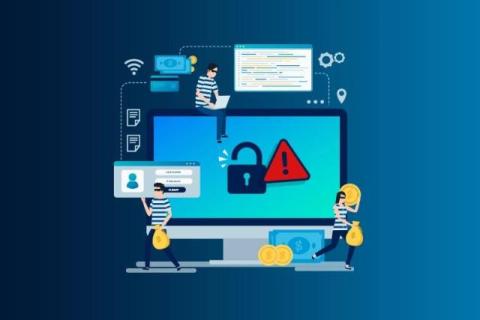What Does Platformization Mean for MSSPs and MDRs?
This blog was originally published on MSSP Alert on September 20, 2024 Cybersecurity platformization is usually discussed as it relates to large organizations. But cybersecurity service businesses stand to benefit as much from platformization as enterprises — if not more so.











